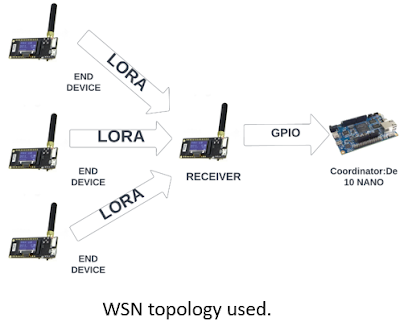▷Field-programmable gate array (FPGA)
Design of digital circuits at the Register-Transfer Level (RTL) based on SystemVerilog/VHDL. Here we share two repositories with coding in VerilogSystems and VHDL, as well as some examples of using FPGAs with artificial intelligence algorithms in irrigation systems, classification of EEG brain signals, performance measurement with ARM architectures and the implementation of RISC-V processor architectures.
Repositories:
Publications:
- Asanza V., Sanchez G., Cajo R., Peláez E. (2021) Behavioral Signal Processing with Machine Learning Based on FPGA. In: Botto-Tobar M., Zamora W., Larrea Plúa J., Bazurto Roldan J., Santamaría Philco A. (eds) Systems and Information Sciences. ICCIS 2020. Advances in Intelligent Systems and Computing, vol 1273. Springer, Cham. https://doi.org/10.1007/978-3-030-59194-6_17 (Proceedings)













Comments
Post a Comment